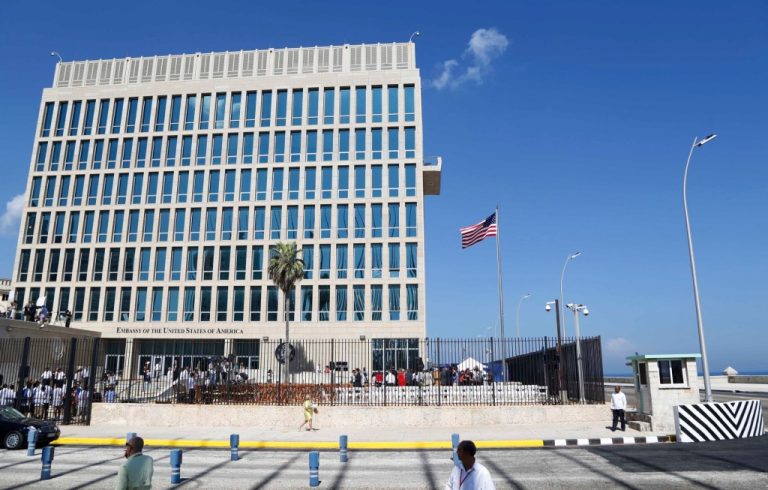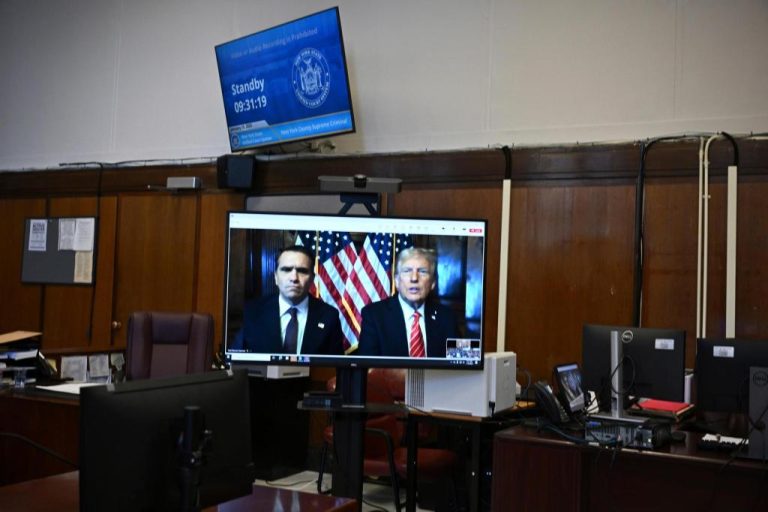

Employers should review and, perhaps, revise their diversity, equity, and inclusion (DEI) policies in light of the U.S. Supreme Court’s recent ruling in Students for Fair Admissions v. Harvard (SFAA) that prohibits the use of race as a plus factor in college admissions decision-making.
Chief Justice John Roberts, joined by the five other members of the court’s conservative majority, concluded that using race to admit some applicants in the zero-sum college admissions process necessarily excludes other applicants based on race. That, said the court, violates Title VI of the Civil Rights Act of 1964, (CRA) which prohibits discrimination “on the ground of race, color, or national origin … under any program or activity receiving Federal financial assistance.” Almost all colleges and universities receive student payments made with federally backed student loans.
Why should a ruling addressing only the use of race in college admissions decision-making constrain the use of race in employment decision-making?
Title VI and Title VII’s “essentially identical” discrimination clauses
Title VII of the CRA prohibits employers with 15 or more employees from discriminating against an individual “because of such individual’s race, color, religion, sex or national origin.”
Justice Neil Gorsuch, in a concurring opinion in SFAA joined by Justice Clarence Thomas, said the “essentially identical terms” of the adjacent discrimination provisions of Titles VI and VII mean essentially the same thing and therefore must be applied the same way.
As Harvard Law professor Noah Feldman wrote in a Bloomberg Law essay, Gorsuch’s concurrence means “(p)ractically, no lawyer advising a client today could assure the client that it still would be lawful to consider race in hiring. An employer who took account of the race of job applicants as part of the goal of creating a diverse workplace would be running headlong into the Supreme Court’s ruling.”
In a later NPR interview, Feldman elaborated on this point: “(I)f you’re a lawyer advising a company …, you want to tell (your client) not just what the law might technically be right at this moment, but what it’s going to be interpreted by the courts to be. And the writing is really on the wall here that there’s a … very high probability that a majority of this current Supreme Court will say the exact same thing that it said in the case of Title VI about Title VII.”
DEI is not dead
Charlotte Burrows, chair of the U.S. Equal Employment Opportunity Commission, which enforces Title VII, issued a statement the day SFAA was released. She asserted that the ruling “does not address employer efforts to foster diverse and inclusive workforces or to engage the talents of all qualified workers, regardless of their background. It remains lawful for employers to implement diversity, equity, inclusion, and accessibility programs that seek to ensure workers of all backgrounds are afforded equal opportunity in the workplace.”
The California Chamber of Commerce agreed.
But exactly what DEI programs may employers adopt?
Focused DEI
Professor Joan Williams of the UC Law San Francisco wrote an article in the Harvard Business Review (HBR) titled “No, SCOTUS Did Not Make Your DEI Programs Illegal.” She characterized as “a bit hysterical” commentary that corporate diversity efforts are doomed based on reading “tea leaves” to divine the future impact of Justice Gorsuch’s concurrence.
Williams acknowledged that even existing law “precludes practices like reserving hiring or promotion slots for people of color and using race as a tiebreaker.” Her essential point, though, was that nothing in the SFAA ruling’s reasoning prohibits companies from adopting practices that overcome implicit bias. “The most effective approach to DEI is also the best for controlling legal risk: Focus your DEI program on interrupting the bias that’s constantly transmitted through basic business systems. This is how most corporate DEI programs, which typically focus on trainings and tweaks to organizational systems to level the playing field, already work.”
DEI consultant Lily Zheng also wrote in HBR: “Most effective DEI programs use racial data to identify discriminatory barriers that are compromising fairness and meritocracy in the workplace, and to develop initiatives that remove those barriers for everyone.”
The rationale of SFAA, then, neither effectively rendered all DEI programs unlawful nor left all DEI programs untouched. Feldman believes SFAA is “transformative for considering racial diversity in employment.” Zheng believes DEI programs will undergo an “evolution.” That is a difference in degree. Most would endorse Zheng’s prudent recommendation that employers “(p)artner with attorneys and legal experts early on to design and communicate about legal — and effective — DEI programs.”
Dan Eaton is a partner with the San Diego law firm of Seltzer Caplan McMahon Vitek where his practice focuses on defending and advising employers. He also is an instructor at the San Diego State University Fowler College of Business where he teaches classes in business ethics and employment law. He may be reached at eaton@scmv.com.





